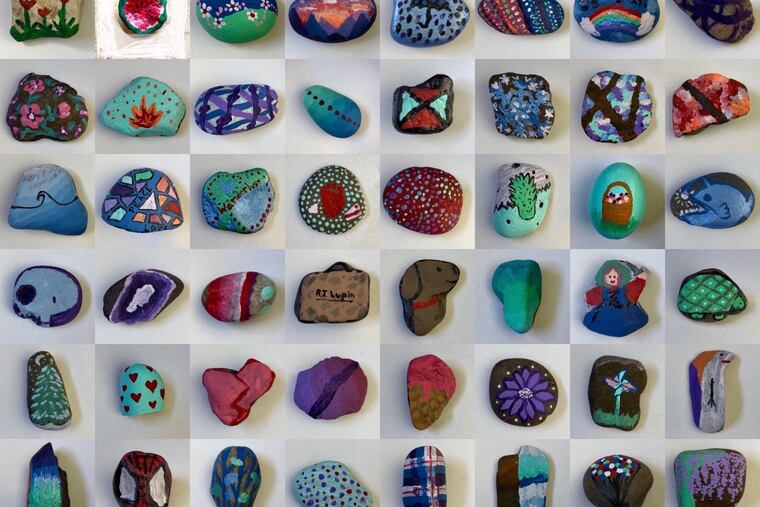‘History is being made.’ Colleges scramble to create archives that will record life during the pandemic
"History is being made now. We might not see it as history until a few decades from now. It’s important to collect these things now so they are not lost," said La Salle University archivist Katie Carey.
